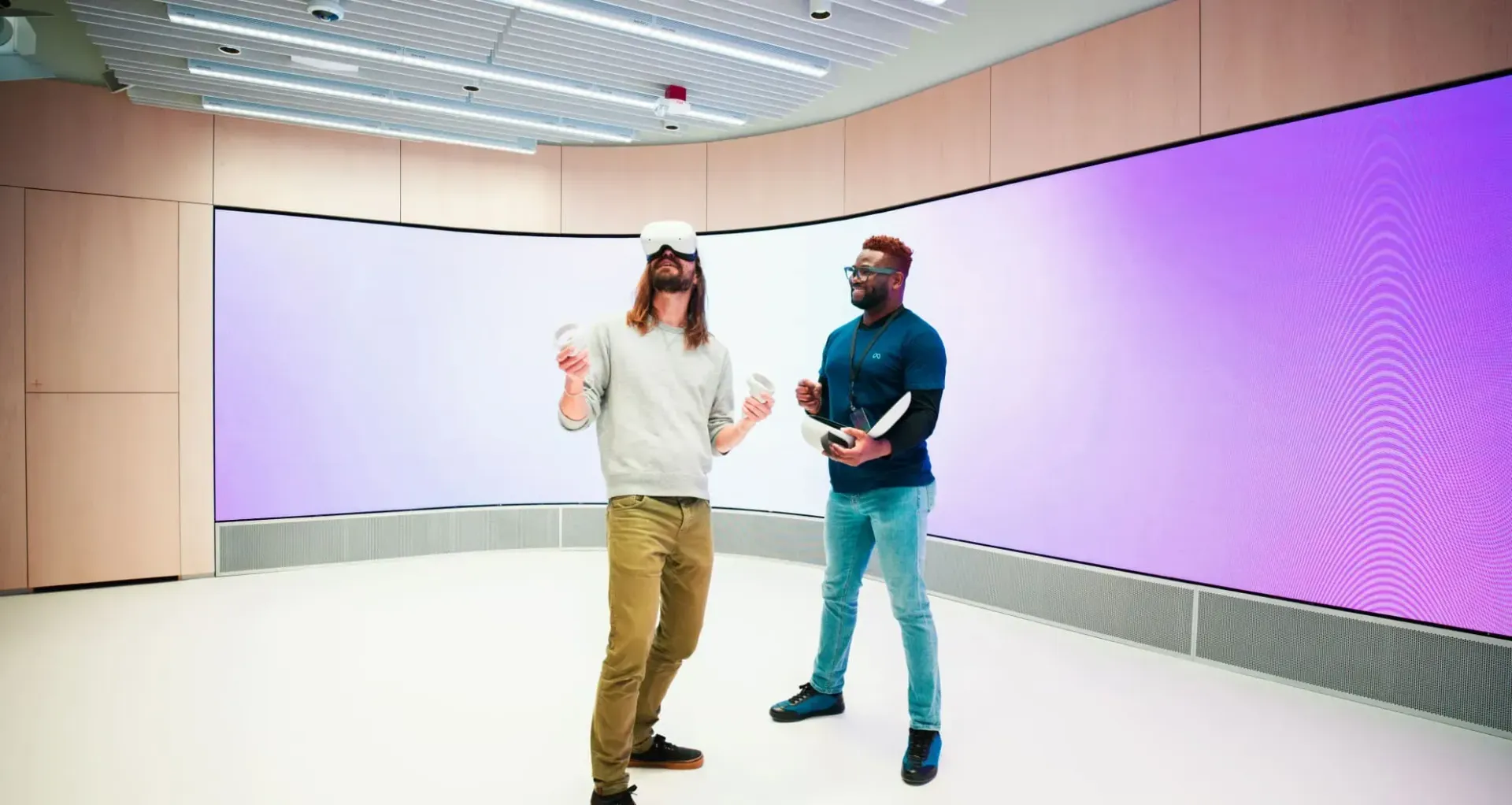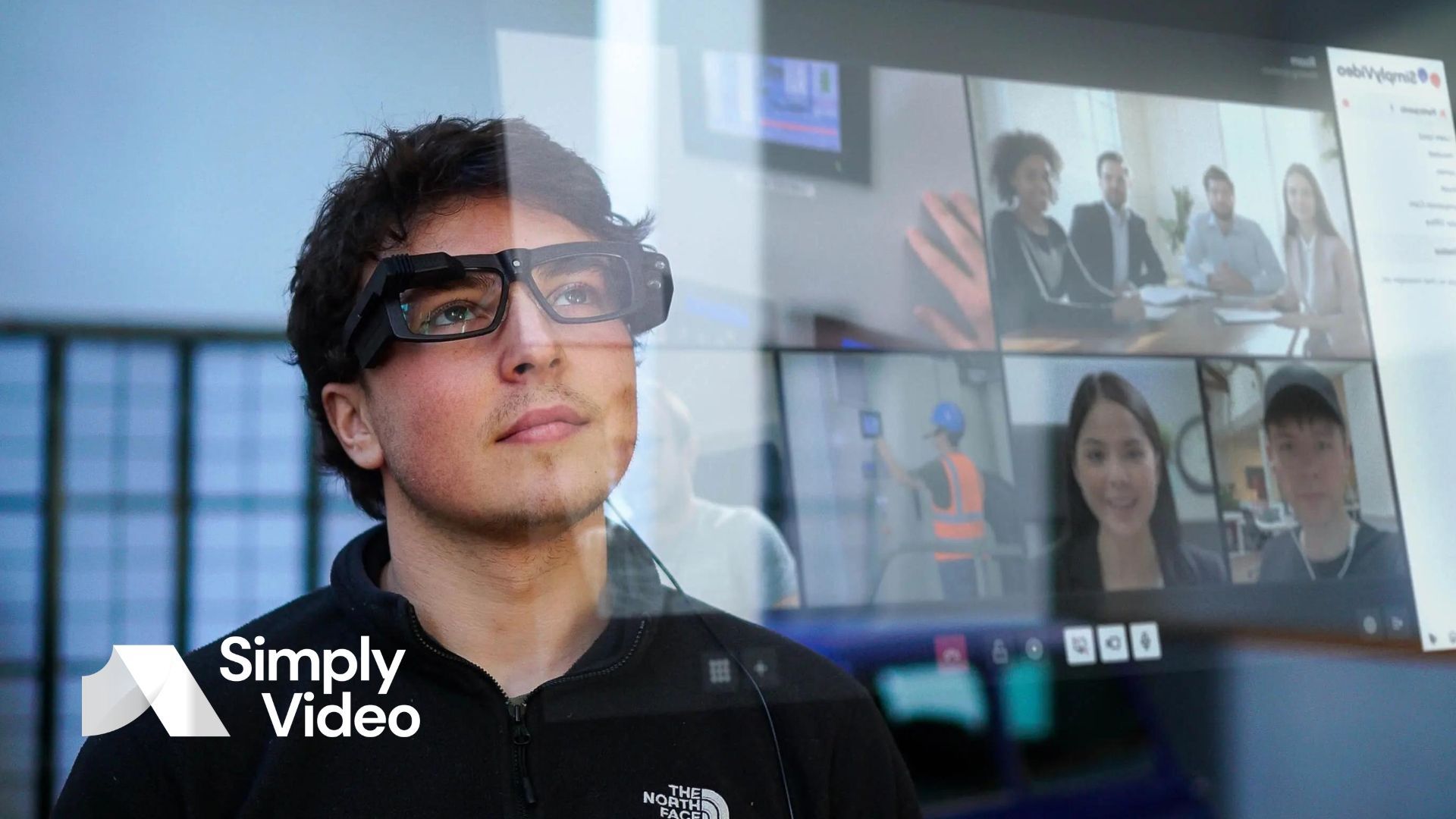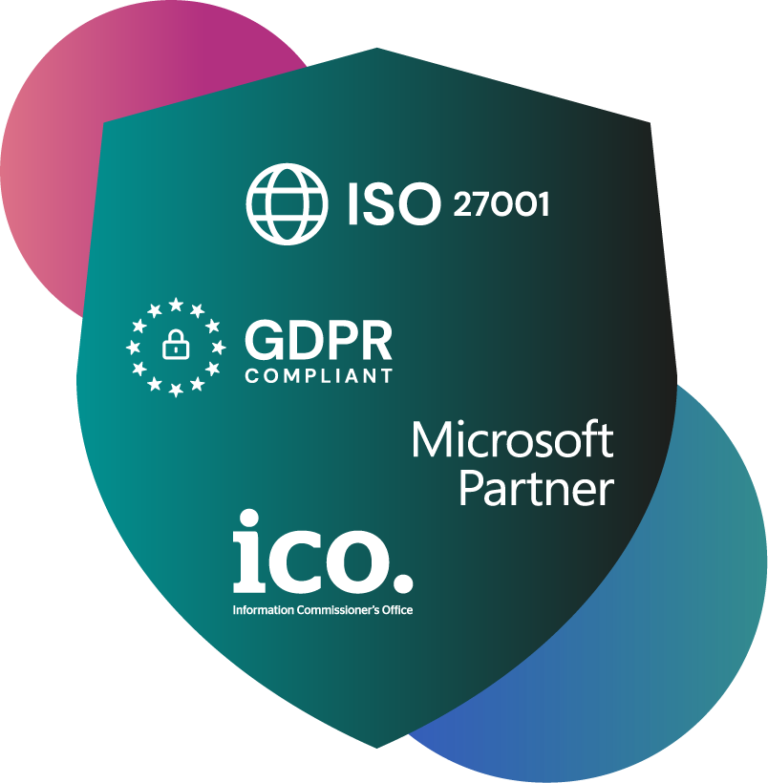Where in the world is there no internet?
Where is the internet difficult or impossible to use? Join us as we explore this topic – from Cuba to Mongolia, from aeroplanes to the bottom of the sea.

The internet is everywhere, right? Well, yes and no.
In 2017,
99% of Britons aged 16 to 35 were internet users – and spent on average 10 hours a day online. Looking beyond British shores,
64.4% of the global population are internet users at the time of writing – and 59.4% use social media.
All this raises the question: in the age of the smartphone, can you ever be truly offline?
It used to be that the sky was the limit – you could guarantee at least a flight's worth of digital shuteye. But "airplane mode" – or, at best, sluggish WiFi or paid access – is set to go the way of the biplane.
In
2023, flyers in the EU will be able to use mobile internet and make calls when in flight. So if you're finding it hard to put down your phone, you're going to have to look further afield than a commercial plane.
It might seem like the internet is everywhere. But in fact, the picture is a little more complicated.
The digital divide
There are still many people and places with little or no access to the internet. This is for two overlapping reasons – a lack of coverage and a lack of infrastructure. Only
31% of the developing world's populations have internet access, as opposed to the developed world's 77%.
In 2020, a UNICEF report revealed that two-thirds of the world's school-age children were without home internet. That's 1.3 billion young people. Sixty-three per cent of people aged 15 to 24 were in the same boat.
This "digital divide", the report says, means that the poorest children and young people in the world continue to lag behind their peers. Inconsistent internet access is a driver of inequality.
The lack of access is often caused – or entrenched – by war, civil unrest and poverty. It's not for nothing that around
90% of the populations of South Sudan, Somalia and Burundi don't have internet access.
In other countries, the picture is mixed. In Mongolia, you can go truly off-grid with a trip to the Altai mountains – but almost half of the population lives in Ulaanbaatar, which has ample internet coverage. Eighty per cent of the Yukon in Canada is WiFi-free – and you'll struggle to get signal in Chilean Patagonia or Alaska's Wrangell-St Elias National Park.
The case of Cuba
Internet access in Cuba is tricky. The communist government owns and controls all of the country's resources. That includes the internet, which is run by the state-owned Empresa de Telecomunicaciones de Cuba.
Over 70% of the Cuban population has access – but the service is limited, low in bandwidth and costly. There's no free internet or WiFi – not even for the locals. If you visit Cuba, you have to pay for internet access at your hotel or resort.
North Korea
The internet in Cuba is state-owned but appears to be
uncensored. This is very different from North Korea, whose citizens are cut off from the global internet.
In North Korea, the internet is political. It's an instrument of state power used to limit the information available to its citizens.
Your average North Korean has access only to
Kwangmyong – a state-run service that functions as a censored intranet. Only high-level military and government officials have access to the global internet.
Twenty thousand leagues under the sea
Most data – over
95% – is transmitted by cables at the bottom of the ocean. The digital world is reliant on this network of submarine communication cables. Laid next to one another, they'd be hundreds of thousands of miles long.
And they're deep – some as far as 8,000 metres underwater. To put that in perspective, Mount Everest is 8,000 metres tall!
But even though such a crucial part of the internet's infrastructure is on the ocean floor, internet access isn't great down there. Lots of submarines have internet – but the signal can be ropey, to say the least. This is partly because the water distorts the signal.
It's not only submarine crews who have to put up with poor connectivity. Divers do too, relying instead on hand gestures to communicate with one another.
But this problem has been sidestepped with the
AquaApp. Developed by researchers at the University of Washington, this uses the speaker and microphone on smartphones and watches to send pre-written underwater messages that match the most common hand signals.
Another advance in subsea internet is the underwater archaeological park at Baiae. Once a luxury resort for Roman nobility, it's now very much sunk.
Because of its protected status, the subsea park is monitored for any damage at the hands (and flippers) of divers, as well as any environmental changes. Since 2022, this has been accomplished through a
network of underwater wireless sensors which relies on AI algorithms.
How SimplyVideo can help
SimplyVideo is a video call platform that's compatible with extended reality (XR) devices. It aims to provide the best possible video even with limited bandwidth.
If your internet connection is a pipe, then bandwidth is the width of that pipe. A low-bandwidth area is one where the pipe is narrow and it's hard to pump all the internet traffic through. This is especially the case when lots of people are using it simultaneously – and
especially when streaming video.
SimplyVideo is built for these situations. Your staff could be using XR devices on an oil rig or at the scene of a medical emergency – but with SimplyVideo, they can stay in touch with base or a remote expert.
That means that using XR-enhanced remote collaboration tools no longer depends on you using a high-bandwidth connection. SimplyVideo brings far-flung locations closer to home for a truly connected workforce.
Do you want to ensure that your frontline staff are connected? SimplyVideo's
XR video call technology makes this a reality. Want to find out more? Please
get in touch today.












